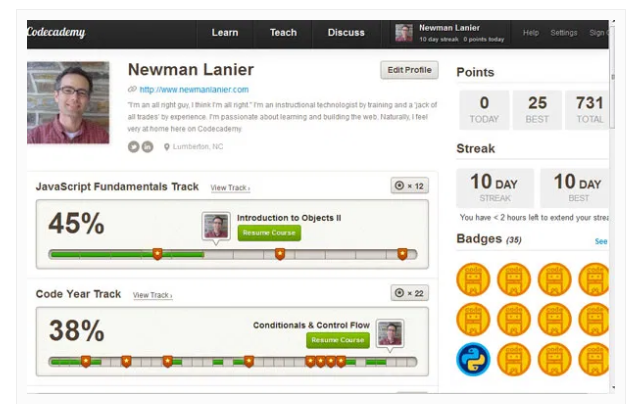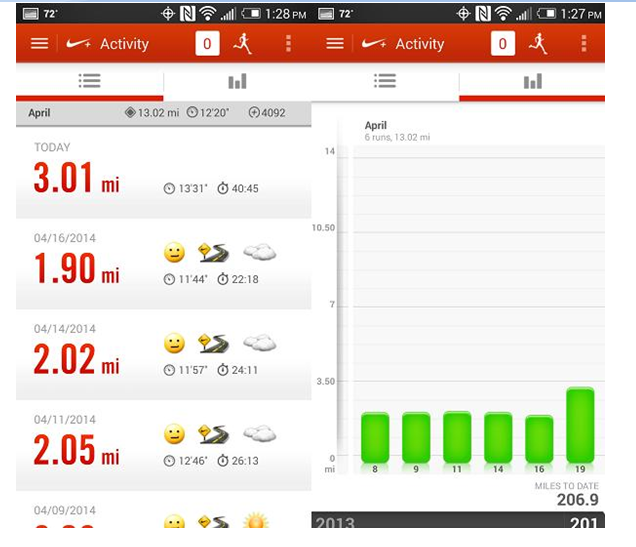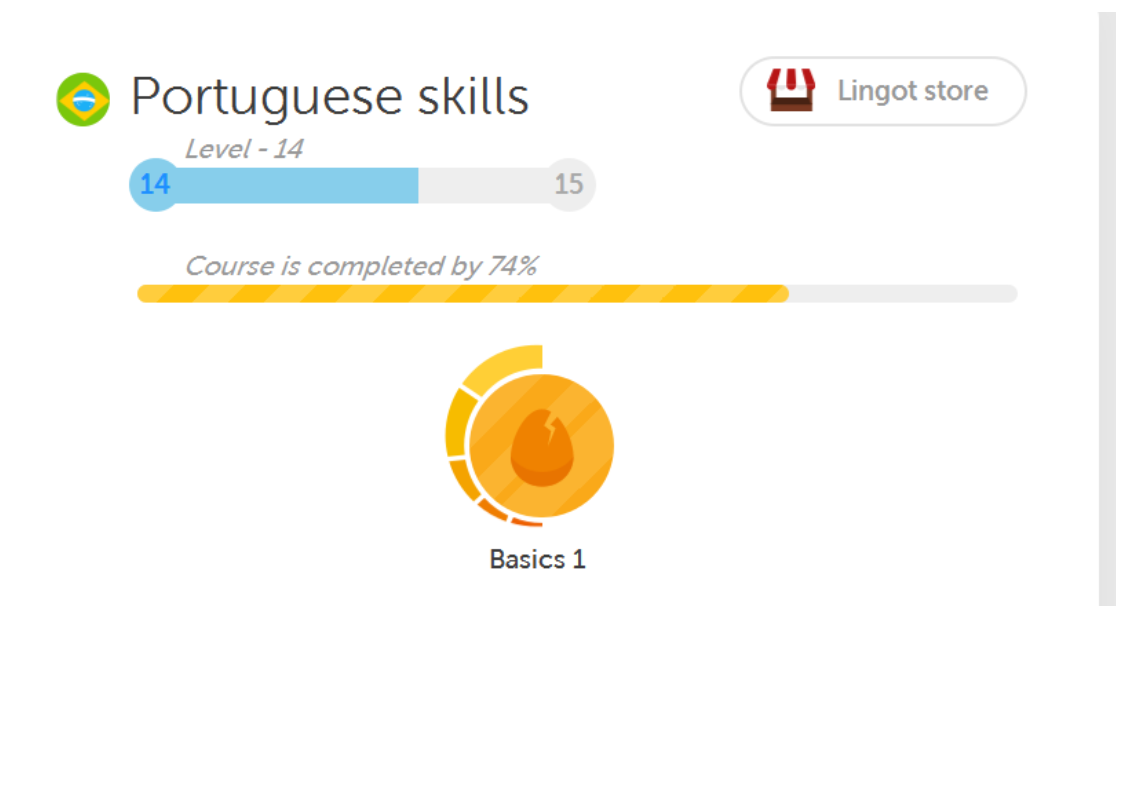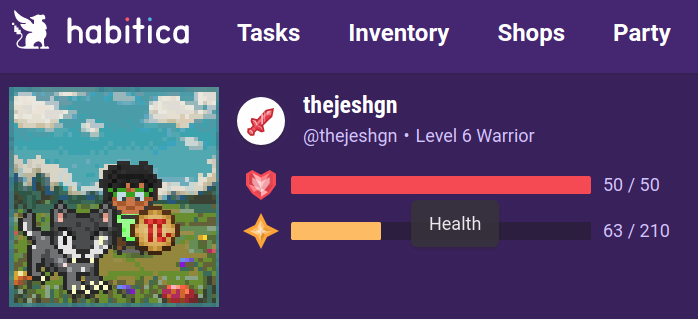Inserting gameplay elements in UX so as to enhance user engagement is a 21st-century phenomenon.
You can use it to inject fun elements into applications and systems that might otherwise lack immediacy or relevance for users. Furthermore, it can be incentivized to achieve goals.
Gamification works as it triggers real, powerful human emotions. It can pose challenges that users enjoy and also motivate them.
You can gamify systems in various ways to increase user engagement.
For instance, providing rewards for completing an otherwise unappealing task, adding tracker in a fitness app, introducing a gamified system that puts the user in control while taking a course, adding a progress bar in an e-commerce checkout page, presenting challenges, giving positive feedback, using gamification for loyalty programs, building a sense of curiosity, unpredictability, and scarcity can all help to increase user engagement.
Here are some recent gamification stats you might want to know:
- 71% mention badges as the most common gamification element.
- 83% of those who receive gamified training feel motivated, while 61% of those who receive non-gamified training feel bored and unproductive.
Now, let’s have a look at how to increase user engagement through gamification in UX with the help of examples.
1. Provide rewards and motivate users to perform an unappealing task
If you have designed an app for users to learn something complicated or perform an unappealing task, gamification can come of great help.
Have a look at how Codecademy uses gamification to make the dull and difficult process of learning code fun and engaging.

They map out the entire course with reward badges on their dashboard. You can advance to the next level as you complete learning the codes in one level. And you can pick up badges as rewards along the way.
Codecademy also ignites the competitive spirit by keeping a running score of your best points and hot-streaks.
2. Add a tracker in your fitness app
To tap into your user’s competitive spirit and boost their motivation, you can add a tracker in a fitness app.
Nike+ does a brilliant job by tracking the run using the user’s phone’s GPS or accelerometer.

Users can pick a time or distance so that they will be notified when they have reached their goal.
You can even challenge one of your personal records, and it also hooks up to social media so that you can compete with friends. It not only motivates the user but encourages others to run, thus driving Nike sales.
3. Give your users control
No one likes to be forced into doing something. The same thing applies to a person taking an online course.
Udemy, which offers online courses to millions of students, makes users feel in control throughout the course.

As you complete a certain course, Udemy gives you the control to pick the next lecture. Thus, users feel great about being able to make their own decisions.
4. Add a progress bar in your e-commerce checkout page
Being clueless while engaging in an activity can be frustrating. Retail stores like Crate&Barrel adds a progress bar on their checkout page.

It acts like a map for the users, thus giving them a good user experience. The users know where they are in the process and how far they’ve got to go.
5. Present challenges
Men are hardwired to constantly take up new challenges and overcome them. Thus, taping this human instinct can help you make more engaging apps.
If you take a look at Duolingo, a language learning app, it presents users with frequent challenges in their journey of learning a new language.

Duolingo tracks your learning statistics and measures your progress towards achieving your goals. It compels you to beat your own record each new time, and you can pick up badges and earn points to buy power-ups along the way.
6. Give positive feedback
Another way to keep users engaged is to give positive feedback every time they complete a task.
Habitica, a self-improvement app motivates users to complete an action by providing them with rewards. It increases the sense of fun, creates a positive feedback loop that keeps motivation high.

7. Introduce loyalty programs
When you introduce rewards or loyalty programs, it can increase retention by compelling users to come back to the app to redeem the points or discounts they earned from previous orders.
Starbucks app features a loyalty system that rewards users with stars for each order placed. Users can redeem them for free food and drinks.

8. Build a sense of curiosity, unpredictability, and scarcity
If you are building a retail app, you can offer a limited quantity of products at a special sale price per day. When only a few of each product are available, users will be compelled to race through product pages and checkout before they go out of stock.
Woot, a retail app, is a good example of using gamification to create a sense of curiosity, unpredictability, and scarcity. It gets users to make a daily habit out of checking the app at midnight to snag a great deal.

Wrap-Up
Gamification UX is a great way to increase user engagement and meet your goals, but only if you get it right. It is vital to know your users and identify their goals.
Just as motivations vary according to the task, objective, and player, likewise, the gamification mechanics must suit the users. Whether you choose to implement a points system, reward system, relationship-based approach, badges, and so on, ensure the mechanics to improve the experience from the users’ viewpoints.
It is also essential to set objectives to ensure that the gamification of an app serves a valuable purpose.
Furthermore, providing a reward at the end of the user’s interaction experience with the product is great for user engagement. However, providing small rewards on attaining various milestones go a long way in increasing the users’ motivation. In addition, it is crucial to maintain a level of simplicity when designing gamified experiences.



